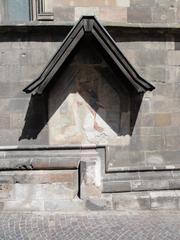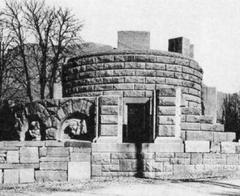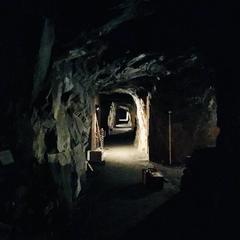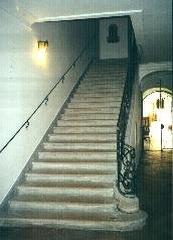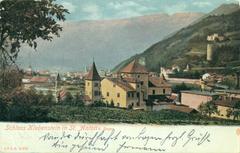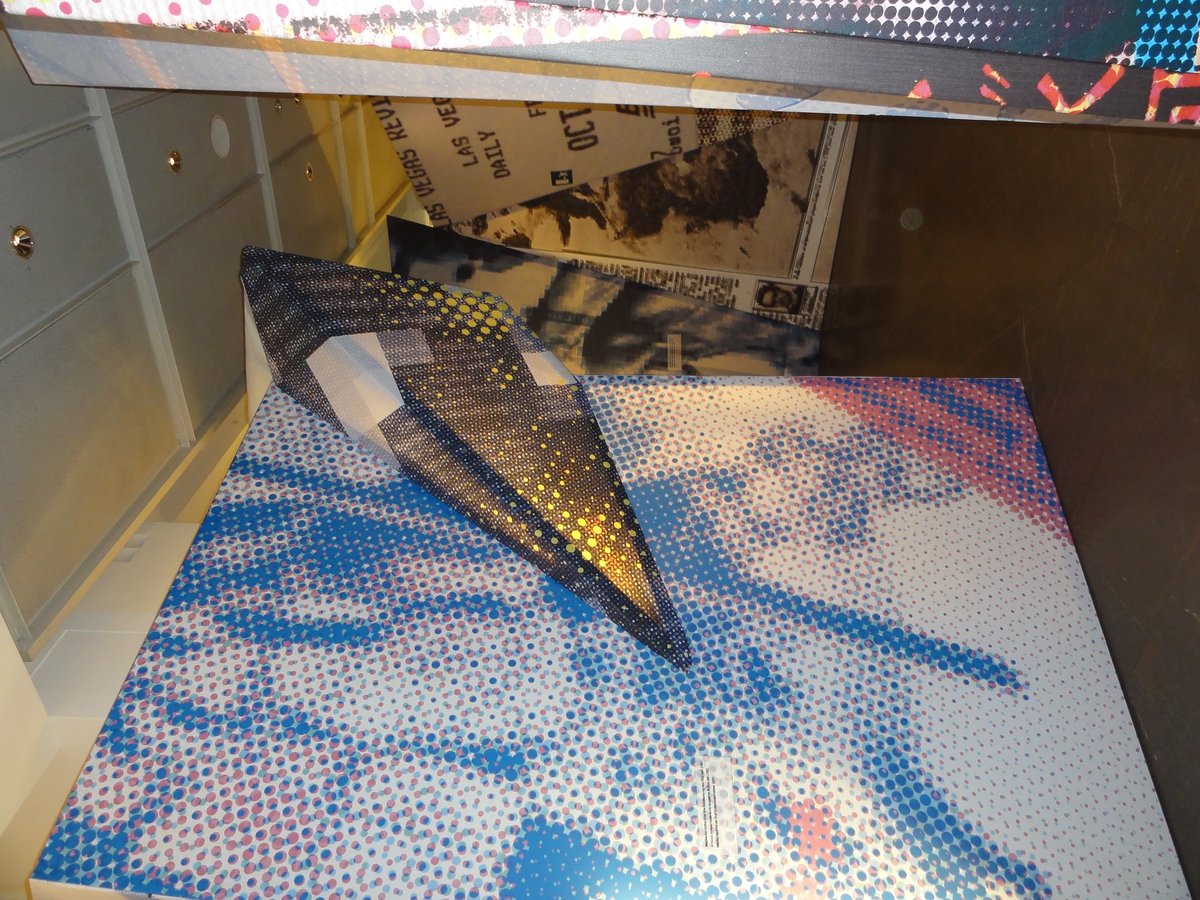
South Tyrol Museum of Archaeology, Bolzano: Visiting Hours, Tickets, and Complete Visitor Guide
Date: 04/07/2025
Introduction: The South Tyrol Museum of Archaeology—Gateway to the Copper Age
Nestled in the scenic heart of Bolzano, Italy, the South Tyrol Museum of Archaeology stands as a gateway to prehistoric Europe, offering a captivating look at the region’s deep past. Internationally known as the home of Ötzi the Iceman—Europe’s oldest natural mummy—this museum draws visitors from around the world to explore the mysteries of the Copper Age and the Alpine peoples who shaped early human history. Since its opening in 1998, the museum has combined advanced conservation with interactive educational experiences, making it a cornerstone of archaeological discovery and cultural tourism in South Tyrol.
For the latest visitor details, exhibition updates, and expansion news, consult the official museum website (iceman.it) and reputable travel sources (World City Trail, Fearlessly Italy).
Contents
- Introduction and Museum Overview
- Historical Context: South Tyrol and the Museum’s Foundation
- The Discovery and Significance of Ötzi
- Scientific Insights from Ötzi and His Belongings
- Museum Visiting Hours, Tickets, and Accessibility
- Travel Tips and Nearby Bolzano Attractions
- Preservation, Display, and Educational Programs
- Future Developments and Expansion
- Frequently Asked Questions (FAQs)
- Conclusion and Visitor Recommendations
- References
Historical Context: South Tyrol and the Foundation of the Museum
The South Tyrol region, set at the crossroads of European trade and migration, boasts a rich tapestry of human history dating back to the Paleolithic era (World City Trail). The area’s strategic Alpine position fostered cultural exchange and innovation—traits reflected in the museum’s diverse collections. Established in 1998, the South Tyrol Museum of Archaeology was created specifically to house and interpret the unprecedented find of Ötzi the Iceman. The museum’s home, a restored early 20th-century bank building, offers a climate-controlled sanctuary for ancient artifacts and provides a central, accessible location in Bolzano’s historic district (Fearlessly Italy).
The Discovery and Significance of Ötzi
The Serendipitous Find
On September 19, 1991, German hikers Helmut and Erika Simon discovered a human figure protruding from glacial ice at 3,210 meters in the Ötztal Alps. Initially thought to be a modern casualty, the remains were soon identified as belonging to a man who lived around 3,300 BCE—over 5,300 years ago (Science Insider). The site, Tisenjoch (Giogo di Tisa), was just inside Italian territory, prompting the decision to house the find in Bolzano (World City Trail).
Europe’s Oldest Natural Mummy
Ötzi is Europe’s oldest natural mummy, preserved by unique glacial conditions that protected not only his body, but also his clothing, tools, weapons, and even his last meal (Iceman.it). His extraordinary state of preservation has provided scientists with a rare, detailed glimpse into the Copper Age, making his discovery one of the most significant archaeological finds of the 20th century.
Scientific Insights: What Ötzi Reveals
Clothing and Equipment
Ötzi’s attire—crafted from stitched leather, grass, and fur—was designed for survival in harsh Alpine environments (Fearlessly Italy). Notable items include:
- A copper axe, evidence of advanced metallurgy
- A longbow and a quiver with unfinished arrows
- Birch bark containers, possibly for carrying embers or food
- Medicinal mushrooms on a leather thong, likely for health purposes
These artifacts reveal sophisticated Copper Age technology and resourcefulness (Science Insider).
Health, Diet, and Cause of Death
Comprehensive scientific analyses have reconstructed Ötzi’s health and final moments. He suffered from arthritis, parasites, and possibly Lyme disease. His last meal included ibex meat and einkorn wheat, and microscopic studies of his stomach contents have illuminated Copper Age dietary habits (Fearlessly Italy). Forensic evidence points to a violent end—an arrowhead in his shoulder and a defensive hand wound indicate he was likely ambushed (Iceman.it).
Genetics and Cultural Context
DNA analysis reveals Ötzi’s connections to early European farming populations and modern Mediterranean and Alpine populations (Science Insider). Tattoos found on his body may have had therapeutic or ritual significance, adding to the cultural understanding of Copper Age societies.
Visiting the Museum: Hours, Tickets, and Accessibility
Opening Hours
- Tuesday to Sunday: 9:00 AM – 6:00 PM (last admission 5:30 PM)
- Closed Mondays (except holidays and special exhibitions)
- Note: Seasonal variations and special closures may apply—verify on the official museum website.
Ticket Information
- Adults: €9
- Reductions: €6–7 for students, seniors, and groups
- Children under 18: Free
- Family and group tickets: Available
- Online booking: Strongly advised, especially during peak times (museum website)
Accessibility
The museum is fully wheelchair accessible, with elevators, ramps, and adapted restrooms. Multilingual signage and audio guides (Italian, German, English) ensure inclusivity for all visitors.
Services
- Photography: Prohibited in the Ötzi exhibition area to protect artifacts
- Guided Tours: Offered in multiple languages; book in advance
- Facilities: Lockers, cloakroom, café, and accessible restrooms
Travel Tips and Nearby Bolzano Attractions
Getting There
- By Train: 10-minute walk from Bolzano train station
- By Bus: Several lines stop near the museum
- Parking: Public parking garages available nearby
Nearby Attractions
- Bolzano Cathedral and Walther Square
- South Tyrol Museum of Nature
- Runkelstein Castle (with medieval frescoes)
- The Museion (contemporary art museum)
These sites offer a deeper immersion into Bolzano’s history and culture.
Preservation, Display, and Educational Programs
Conservation
Ötzi is displayed in a high-tech cold cell, kept at -6°C and 98% humidity to replicate glacial preservation (Fearlessly Italy). Artifact cases are independently monitored for optimal conservation.
Exhibition Layout and Multimedia
The museum’s four floors guide visitors chronologically from the last Ice Age to the early Middle Ages (South-Tirol.com). Interactive displays, touchscreens, 3D reconstructions, and tactile models provide an engaging and informative experience for all ages.
Educational Initiatives
- Schools and Youth: Guided tours, workshops (e.g., prehistoric tool-making), and tailored educational materials
- Families: Creative workshops, treasure hunts, and family days
- Adults: Expert lectures, themed tours, and professional workshops
Future Developments and Expansion
ENEL Site Relocation
The museum is preparing to relocate to a larger, modern facility at the former ENEL site, offering expanded exhibition space, improved amenities, and enhanced accessibility (South Tyrol Museum of Archaeology visiting hours). Construction is underway as of 2025.
Virgl Mountain Museum Quarter
A visionary new Museum Quarter atop Virgl Mountain will unite the Archaeology and Municipal Museums of Bolzano, with exhibition halls, a concert venue, and public terraces. A planned cable car will link the city center to this innovative cultural hub (ArchDaily). The project is in advanced planning stages, with completion expected in the coming decade.
Enhanced Visitor Experience
With expansion, expect larger educational spaces, cutting-edge conservation labs, and immersive digital exhibits utilizing 3D scanning and virtual reality.
Regional Impact
The museum’s growth will elevate Bolzano as a center for archaeological research and cultural tourism, while revitalizing Virgl Mountain as a green and recreational landmark.
Frequently Asked Questions (FAQs)
Q: What are the current visiting hours?
A: Tuesday–Sunday, 9:00 AM–6:00 PM. Closed Mondays. Check the official website for updates.
Q: How much are tickets?
A: Adults €9; concessions €6–7; children under 18 free. Family/group rates available.
Q: Is the museum accessible?
A: Yes, with ramps, elevators, and adapted restrooms. Multilingual guides are provided.
Q: Are guided tours available?
A: Yes, in multiple languages—book in advance.
Q: Can I take photos?
A: Photography is not permitted in the Ötzi display area.
Q: What nearby attractions should I visit?
A: Bolzano Cathedral, Walther Square, South Tyrol Museum of Nature, and Runkelstein Castle.
Conclusion and Visitor Recommendations
The South Tyrol Museum of Archaeology offers a unique opportunity to step into the Copper Age and unlock the secrets of Europe’s past. With world-class exhibits, accessible facilities, and an expanding vision for the future, the museum is a must-see destination for anyone visiting Bolzano or exploring Alpine history.
Plan ahead: Check current visiting hours and ticket options, reserve guided tours, and consider exploring Bolzano’s surrounding historical sites for a richer experience. For ongoing updates and exclusive content—including virtual tours and multimedia guides—download the Audiala app and follow the museum’s official social media channels.
References
- South Tyrol Museum of Archaeology Official Website
- World City Trail
- Fearlessly Italy
- Science Insider
- Bolzano.net
- Inexhibit.com
- South-Tirol.com
- ArchDaily


